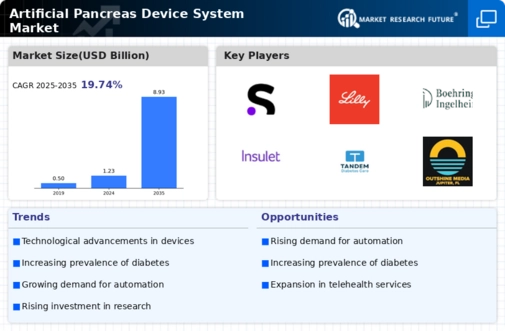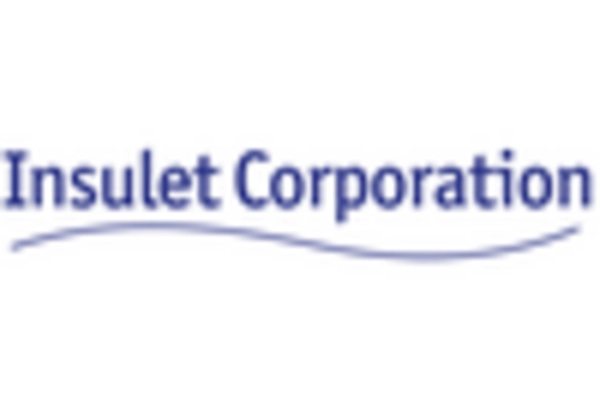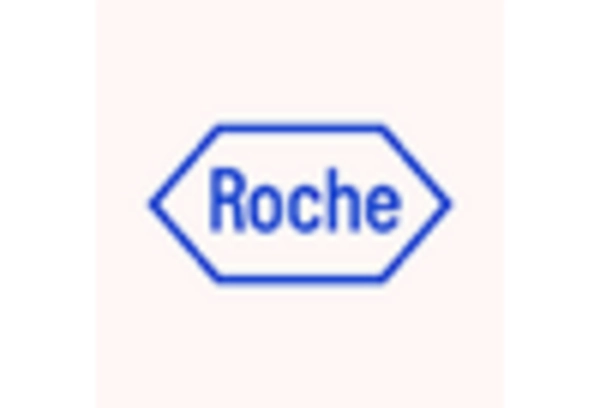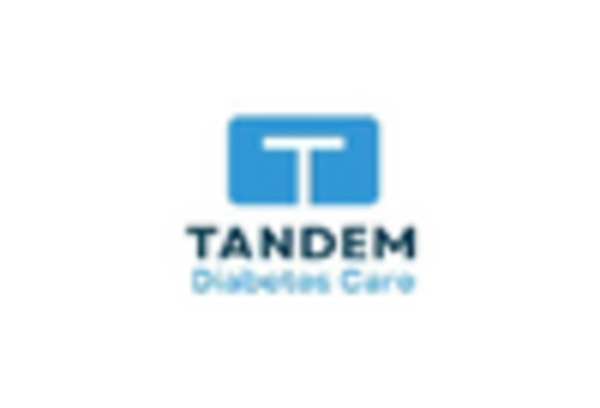Market Share
Artificial Pancreas Device System Market Share Analysis
As the pace of APDS (Artificial Pancreas Device System) Market intensifies, firms avail of a spectrum of strategies to both sustain their market share and build up on it. Some developers have opted for finalization as a key strategy for their APDS by adding many Advanced and High Fidelity features. These systems are composed of the continuous glucose monitoring in conjunction with automatically insulin delivery systems which forms a holistic approach to diabetes management. Using the most updated and user-friendly devices, the company is trying to stay ahead in the competitive market by appealing to the people and healthcare providers who are using the latest tools for the metabolic control.
The strategy of cost leadership being used in the APDS Market is a principal one. Industries tend to improve automation of manufacturing processes while simultaneously cutting the production costs and attempting to produce cheap artificial pancreas devices. This methodology however suited to individuals with diabetes, healthcare systems and insurers having options of diabetes management at an affordable price but of course automated insulin delivery that is effective. Low-cost APDS would give the technology an opportunity to gain a more significant share of the consumer base, advancing the adoption of closed-loop insulin systems.
Niche marketing is a tricky yet effective way of targeting specific segments within the APDS Market. It could also encompass creating systems that apply to different age groups, most of which include children or the elderly population, or simply designing APDS with features that address specific issues which affect individuals with type I or type II diabetes. Under the current trend, manufacturing companies tend to develop specialized products to meet the needs of special diabetes populations which they then specialize into being experts in given demographics or categories. With that, the precision advertising helps in market relevance and product competitiveness.
The geographical positioning is a strategic lookout as companies reorganize their APDS to fall seamlessly with regional regulatory standards and healthcare preferences. Local health infrastructure studying and to determine their needs as different target market regions products designed for regional compliance should help companies to enter successfully diverse markets. While some companies may concentrate on areas with high abundance of diabetes or regions with escalating demands for innovative diabetes treatments, a few others may target another space.
The APDS Market generally sees partnerships and collaborations as of significant value, as companies are aligning themselves to boost their capabilities and market presence. Collaborative efforts will likely see partnerships with diabetes clinics, research institutions, and other technology companies that are focused on co-development and validation of artificial pancreas systems. Through the use of synergistic efforts and joint resources, companies can get the pace of the innovation of the automated insulin delivery faster, they can grow their product families and they can build-up their position in the dynamic market in which automated type 1 diabetes management service providers operate.

















Leave a Comment